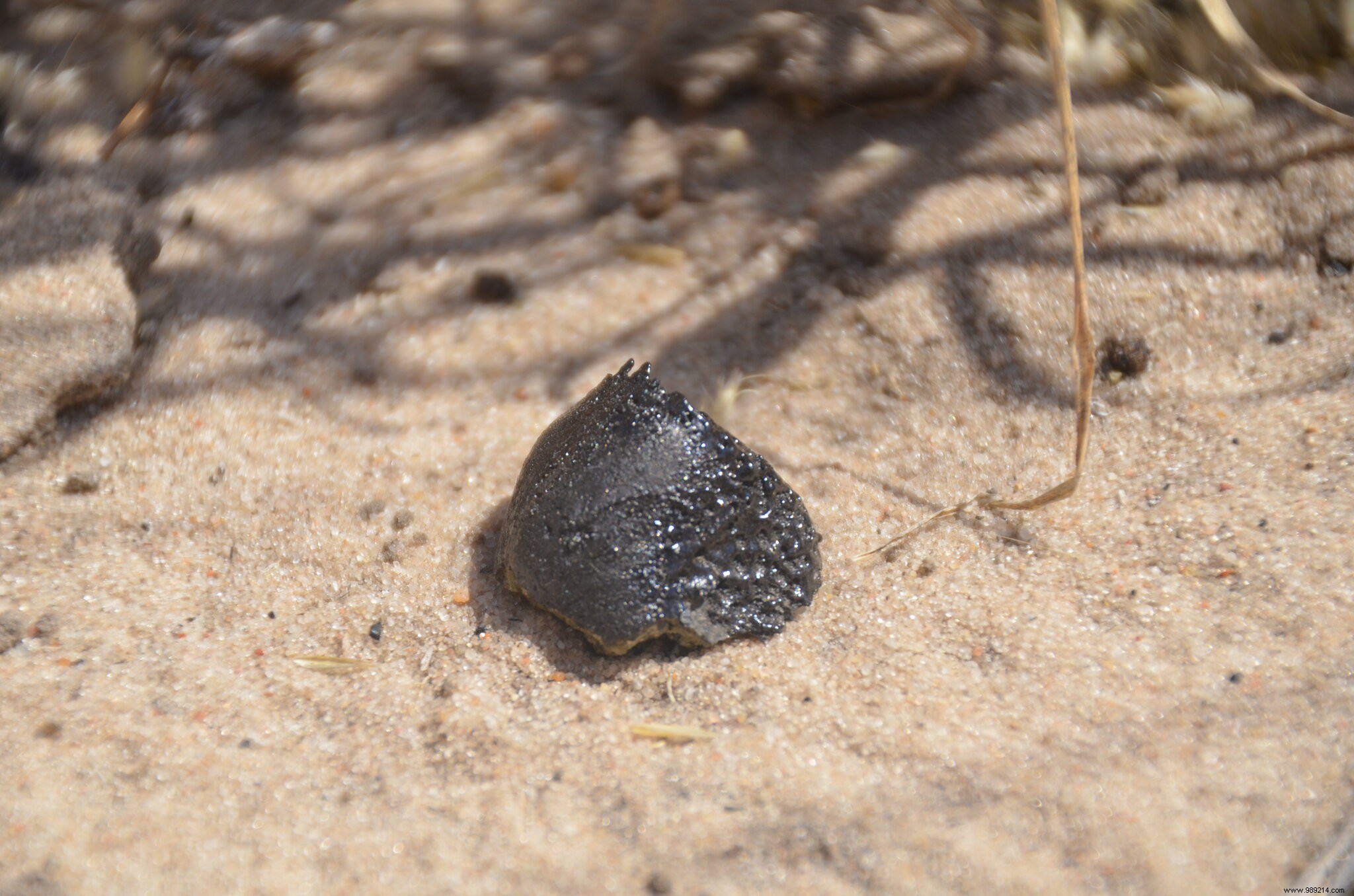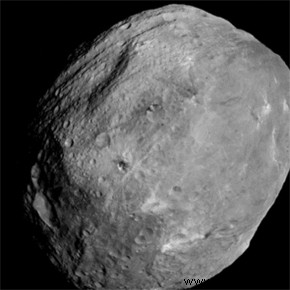Researchers have reconstructed the journey of a space rock before it exploded over southern Africa in 2018, and one of these pieces only ends Botswana.
It is June 2, 2018, in the early morning. The Catalina Sky Survey telescope, which had spotted the intruder eight hours earlier, observed a small asteroid ripping through the atmosphere. It ends up exploding over Africa.
At the time, we don't know precisely where the remains, if any, may have fallen. The initial search area covers over 2,000 square km in Botswana. Hoping to reduce it, a team visits several hotels and other gas stations to analyze footage from security cameras that may have recorded the fireball. Result:The drop point is in the Central Kalahari Game Reserve.
We must therefore get there, and quickly. With a diameter of about 1.5 meters and weighing about the same as an adult African elephant, this space rock posed no threat. On the other hand, the fact of falling on such objects so quickly can be a godsend, insofar as the rate of terrestrial contamination remains low. Their study could indeed make it possible, among other things, to identify their nature.
Of course, hunting for meteorites in such an environment is not very safe. Between lions and leopards, the threats are serious.
The team of experts, made up of researchers from Botswana, South Africa, Finland and the United States, then called in the custodians of the Department of Wildlife and national parks in Botswana to protect them in their quest in the aftermath of the explosion. You can never be too careful. Especially since the research promises not to be simple. Indeed, meteorites are often confused with animal excrement.
It was not until June 23, the last day of the initial search mission, that the first meteorite was found – a small piece of asteroid weighing less than thirty grams. It has since been named Motopi Pan, after a local waterhole. Finally, the harvest was good. Over the following months, other pieces of this rock will be isolated. In November 2020, the team numbered twenty-four.
Thanks to the revealing geology of these rocky remains, observations of their path to Earth, and memories of a NASA spacecraft, astronomers were recently able to trace its history from fairly precise way. Their work was published a few days ago in the journal Meteoritics &Planetary Science .

Our dear visitor once included the composition of a gigantic asteroid named Vesta. You'll find it in the asteroid belt, which wraps our star between the orbits of Mars and Jupiter. We know this thanks to NASA's Dawn probe, which documented the geology of the object between 2011 and 2012.

About twenty-two million years ago , another asteroid then crashed into Vesta. We know this because cosmic rays imprint tracks on asteroids by altering their atomic nuclei. Here, the traces indicated that the object exploded above the Earth had bathed in this radiation for twenty-two million years.
This impact released countless fragments of the object into space. It is one of those fragments that, in 2018, will finally explode over southern Africa, after a long, lonely journey.